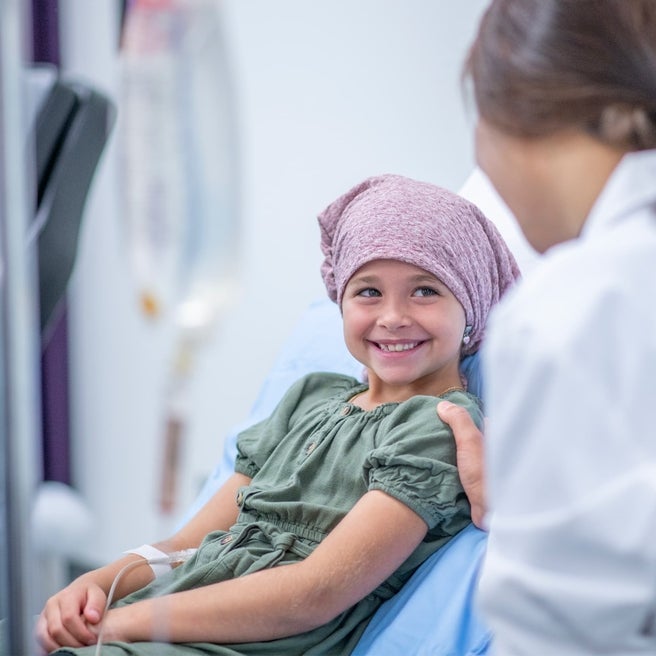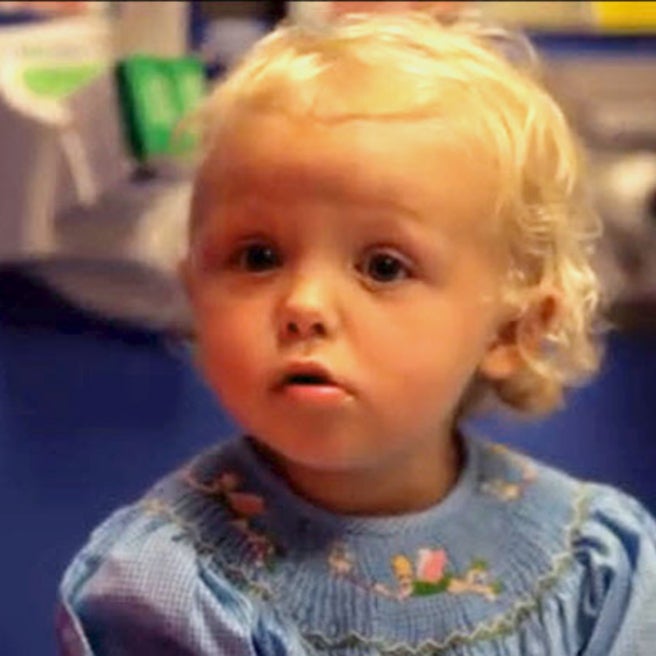What is relapsed or refractory neuroblastoma?
While low-risk and intermediate-risk forms of neuroblastoma may regrow (relapse) after surgery or chemotherapy, these children are usually cured with standard techniques such as surgery or chemotherapy.
However, for about 10 percent of children with high-risk neuroblastoma, the disease will not respond to chemotherapy (refractory). In another 40 to 50 percent of cases, the disease will go away at some point but eventually relapse during or after treatment.
Symptoms
Just like newly diagnosed neuroblastoma, signs and symptoms of a relapse will vary depending on the site of the primary tumor and how much it has spread (metastasized). Relapse is often detected on imaging scans when there are no symptoms at all. Pain is the most common sign of relapse, but there are many potential symptoms, ranging from fatigue to new areas of swelling.
Diagnosis
Your child will have regularly scheduled scans for about 3 years after initial neuroblastoma treatment. These scans will alert your child’s medical team of a potential relapse very quickly. If a relapse is suspected, your child will undergo a series of tests to show the extent of the relapse. Some of the tests your child might undergo include:
- 123I-MIBG scan. A small amount of radioactive iodine (123I), linked to the very specific neuroblastoma chemical MIBG, is injected and an area of the body is viewed through pictures taken 24 hours later.
- CT scan (computerized tomography) or MRI scan (magnetic resonance imaging). These scans are done to get pictures of your child's head, chest, abdomen and/or pelvis to measure the size of the tumor and to look for spread of the disease.
- Bone marrow aspiration and biopsy. Bone marrow is removed from the bone (usually the hip bone) either by aspiration (suctioning a small amount through a hollow needle) or by biopsy (cutting out a small piece of bone marrow). This test is generally done under anesthesia.
- PET (positron emission tomography) scan. Like an MIBG scan, this scan detects neuroblastoma throughout the body after the injection of a small amount of radiation tagged to a sugar-like compound. This is especially useful in the 10-15 percent of cases where MIBG is not a useful diagnostic tool.
- Urine VMA/HVA test. This test will determine the amount of a substance called catecholamines that is found in the urine, and is produced and secreted by the tumor.
- Tissue biopsy. This test allows us to collect a small sample of the tumor. It is done in the operating room or in the interventional radiology suite. This test can confirm the diagnosis of relapsed neuroblastoma, and can be used to perform genetic testing for specific mutations that might be targets for new drugs. The rationale for and logistics of a biopsy would be discussed with you in detail.
Treatment
Children with relapsed or refractory neuroblastoma are treated by the Refractory Neuroblastoma Program. This program is staffed by a team of neuroblastoma experts who will help your family decide the next best step in your child’s treatment.
Recommendations for management of relapsed neuroblastoma are made based upon the individual characteristics of the patient and his or her tumor. Standard chemotherapy such as irinotecan and temozolomide may be used as a bridge to other treatments. CHOP has the largest targeted radiotherapy program for neuroblastoma in the world, and 131I-MIBG is commonly used either alone or in combination with other drugs to reduce tumor burden.
Clinical trials
CHOP is a member of all major pediatric cancer clinical trial networks, most importantly the Children’s Oncology Group (COG) Phase 1 consortium and the New Approaches to Neuroblastoma Therapy (NANT) consortium. Our goal is to maximize the number of Phase 1 and Phase 2 clinical trials available for children with neuroblastoma. Our goal is to match an individual patient to the best available clinical trial that is most likely to reduce the amount of cancer, with minimal side effects.
For example, for a child whose tumor has a mutation in the ALK protein, a clinical trial with a specific inhibitor of this protein may be offered. Our team knows the nuances of what makes a child a good candidate for this or other therapies. There are an evolving series of new clinical trials, many developed here at CHOP, that may be recommended for any particular child.
Before beginning any clinical trial, your family will have a consultation with the Refractory Neuroblastoma Program to determine if your child is eligible. After consultation, the team designs and delivers the best possible therapies, many of which are experimental, for each child as his situation with the disease evolves.
Working with the referring physician
If your child was initially treated at a different hospital, our neuroblastoma team will partner with the referring institution in the design and delivery of these new medicines. The refractory neuroblastoma team sees patients from around the country, and can see children from other countries when proper arrangements are made.
Long-term outlook
At this time, there is no known standard approach to cure relapsed high-risk neuroblastoma. The relapsed neuroblastoma team combines a very active laboratory research program with a major emphasis on translating new discoveries to the clinic with the goal of changing this reality.
Currently, experts can personalize the approach to relapsed or refractory high-risk neuroblastoma with the goal of achieving a remission while maintaining outstanding quality of life. Our team is aggressive in seeking new treatment options proactively, and using the most up-to-date information to support decision-making.
Resources to help
Relapsed or Refractory Neuroblastoma Resources
Refractory Neuroblastoma Program Resources
We have gathered resources to give you information and help you find answers to your questions.

